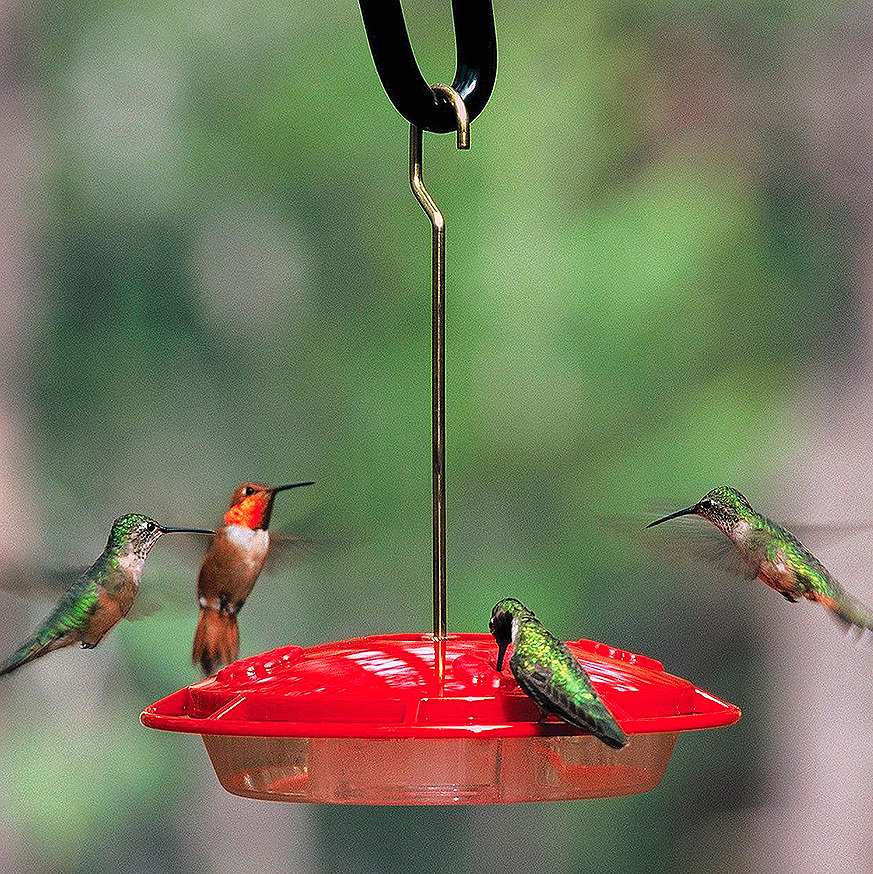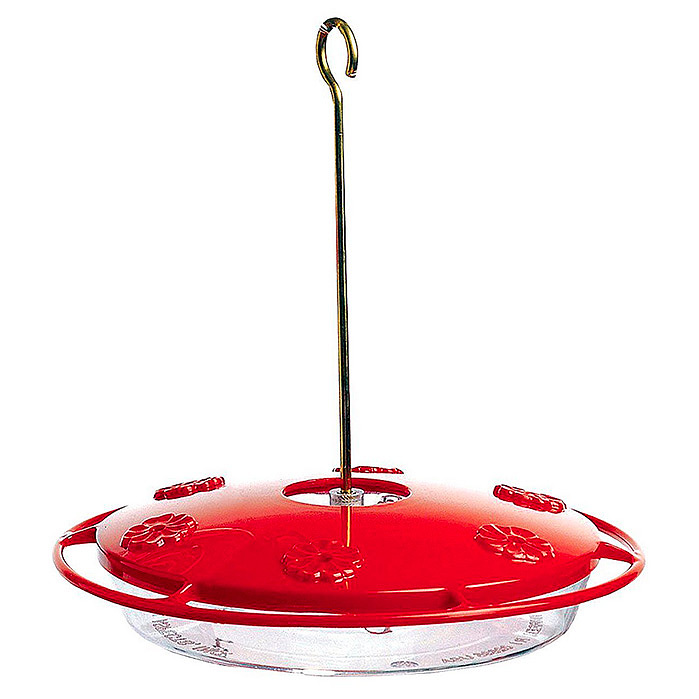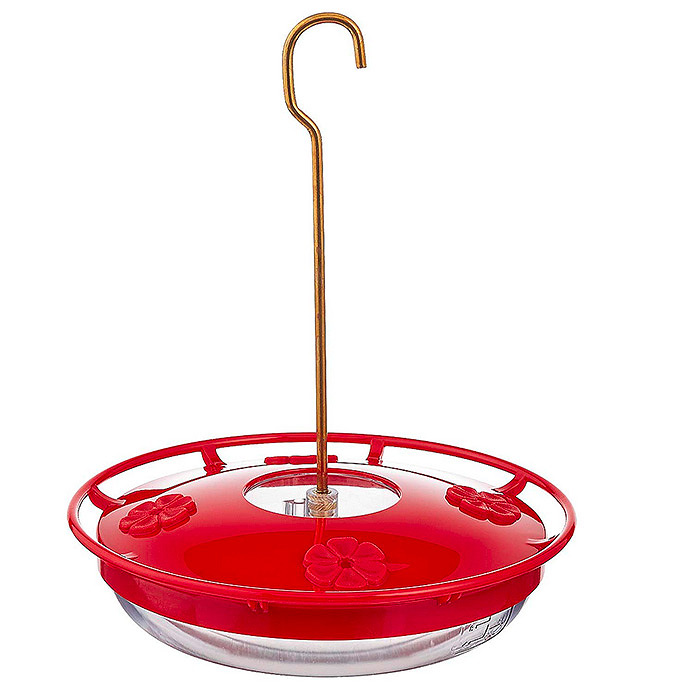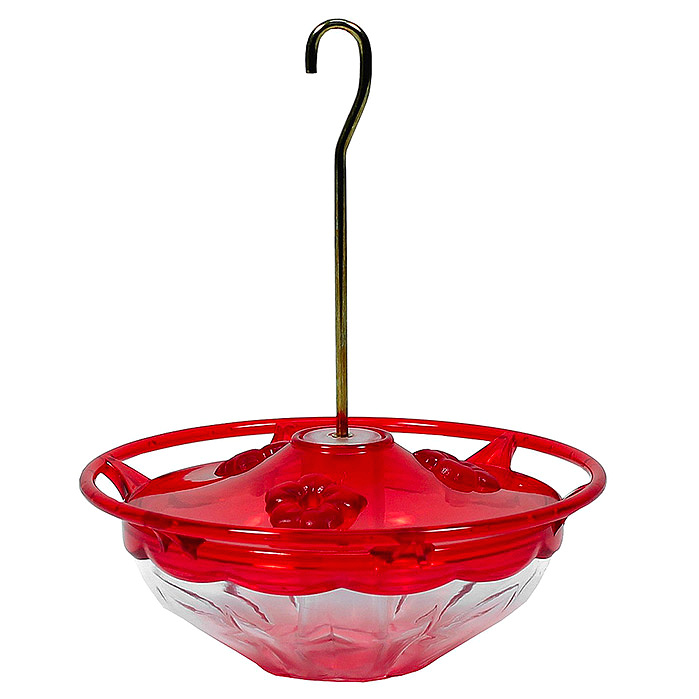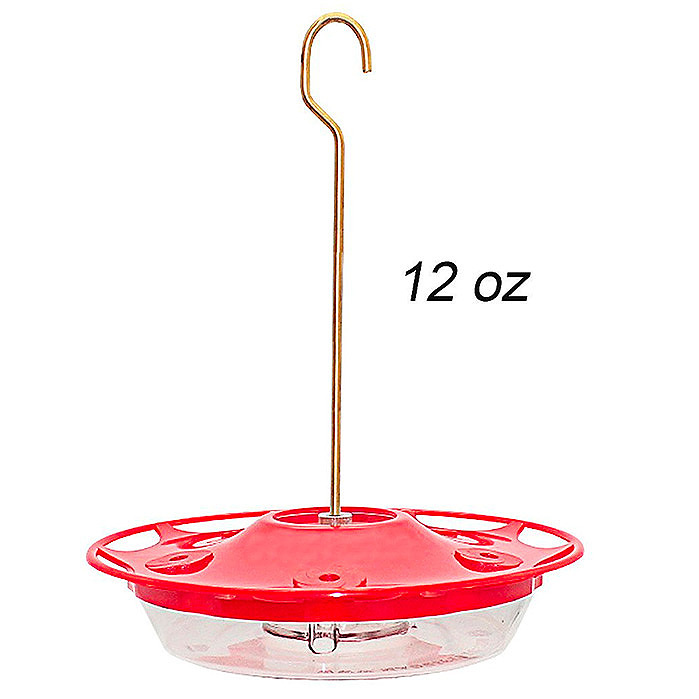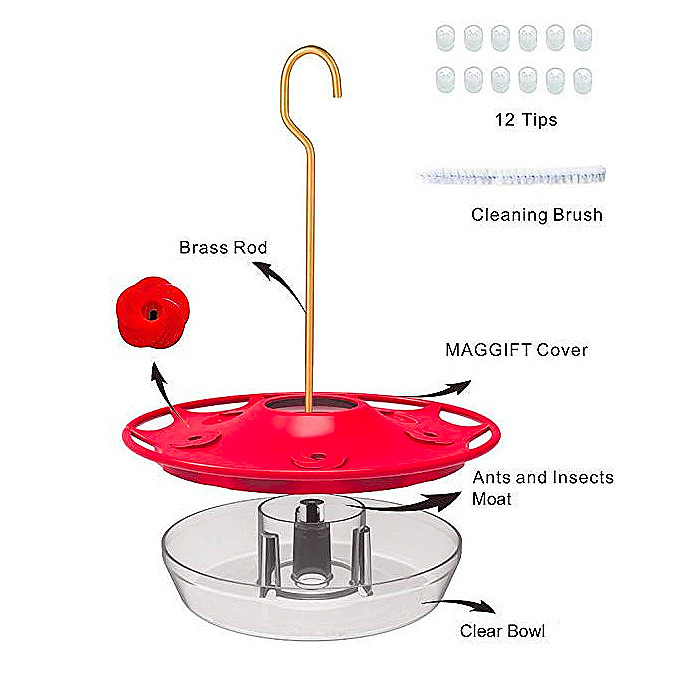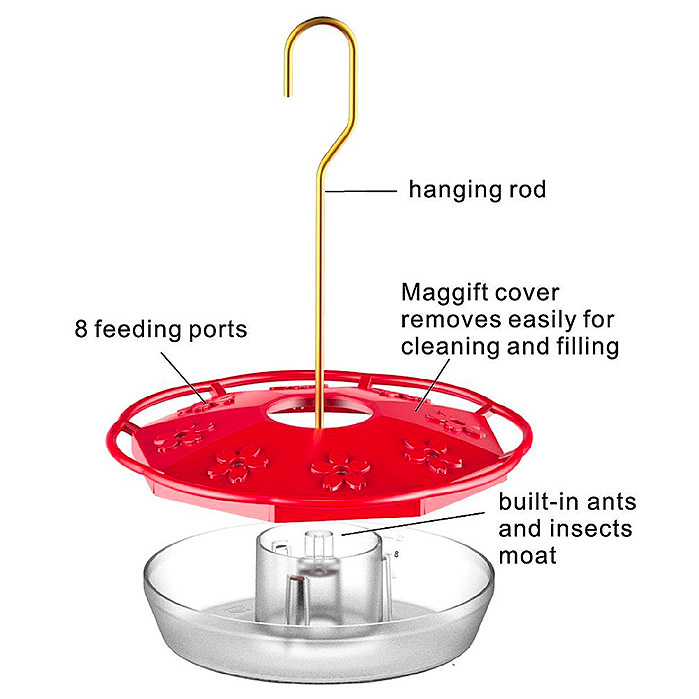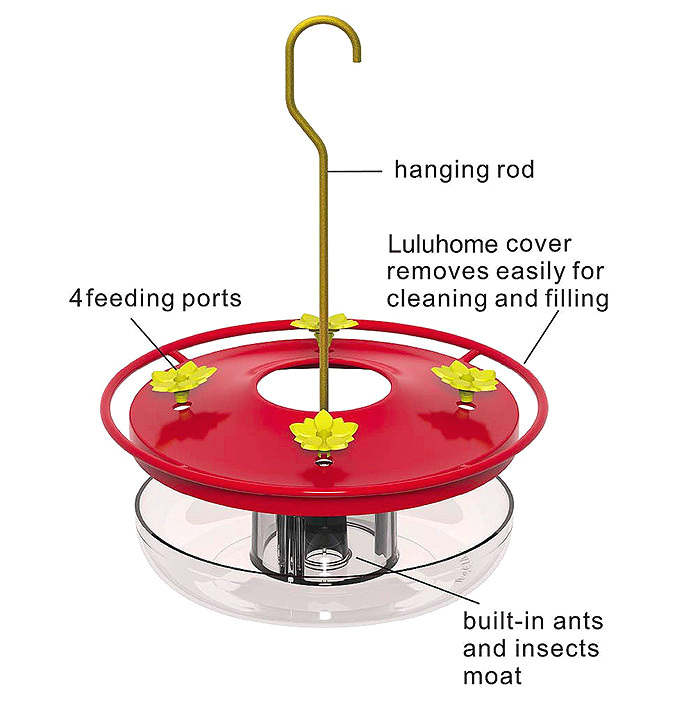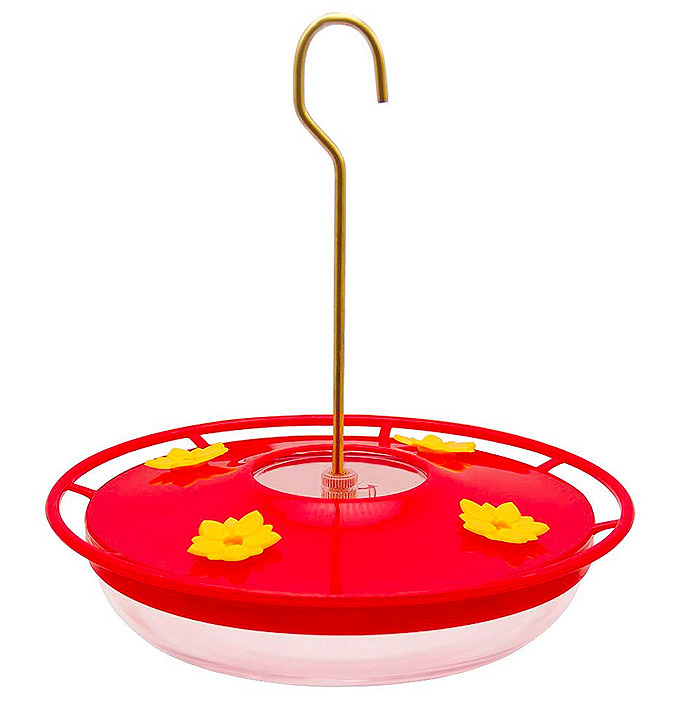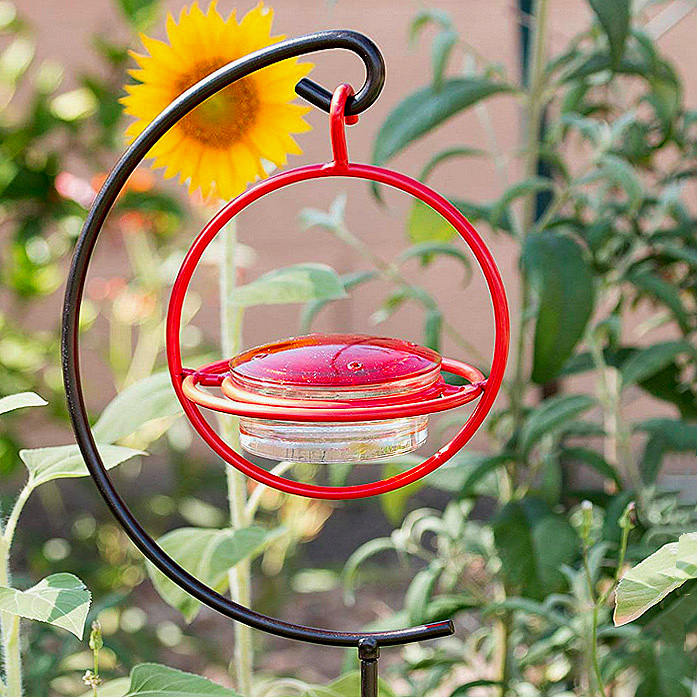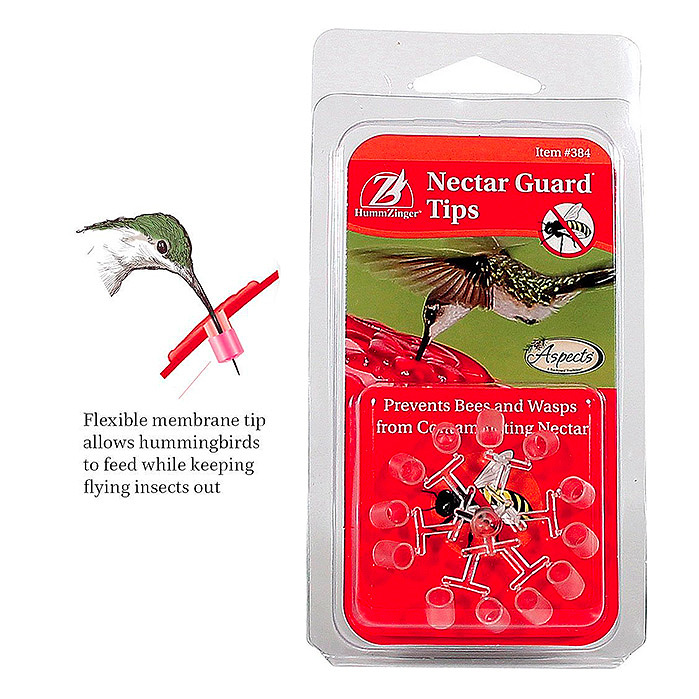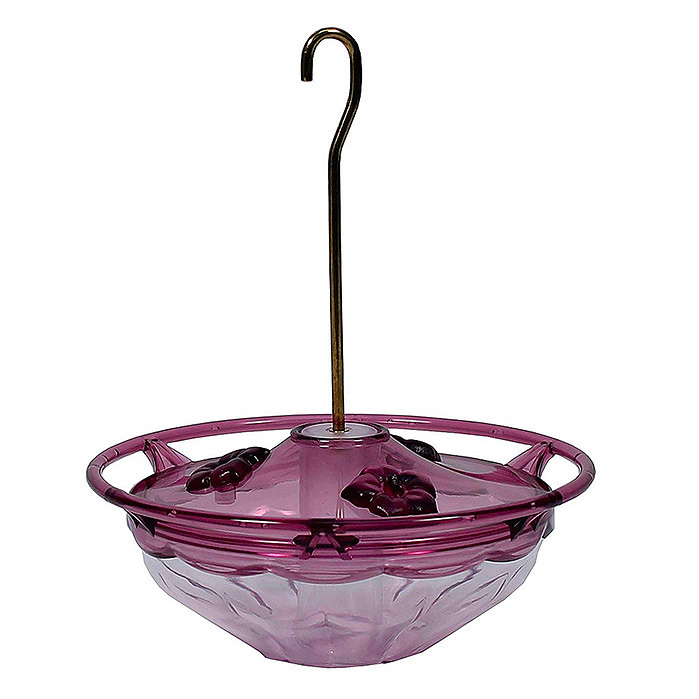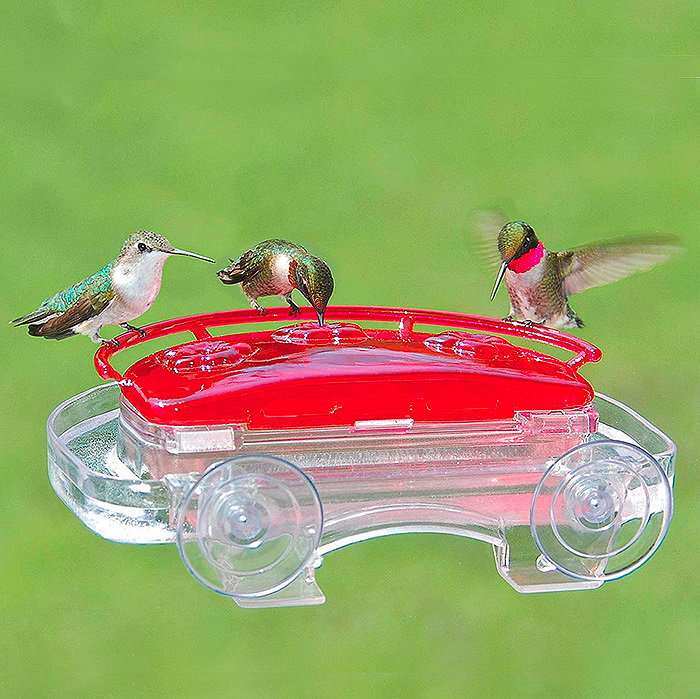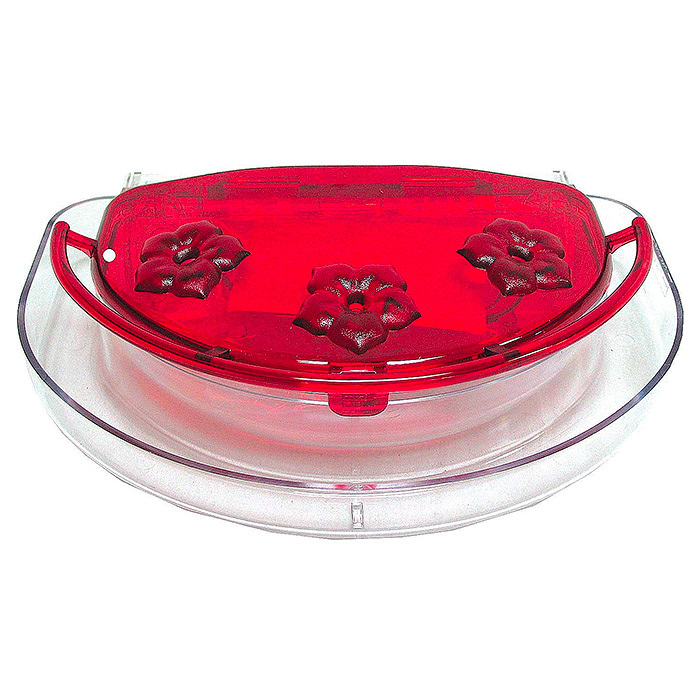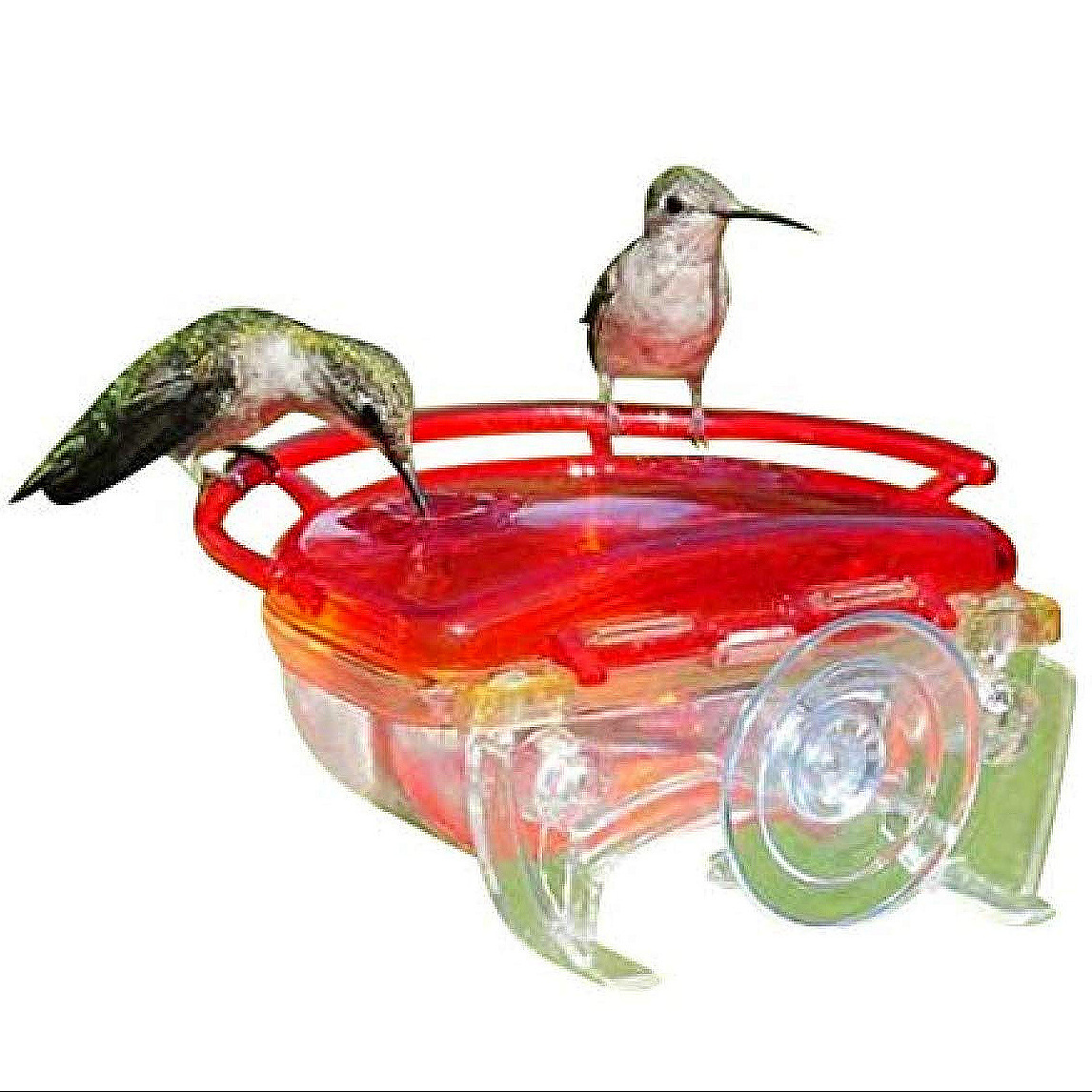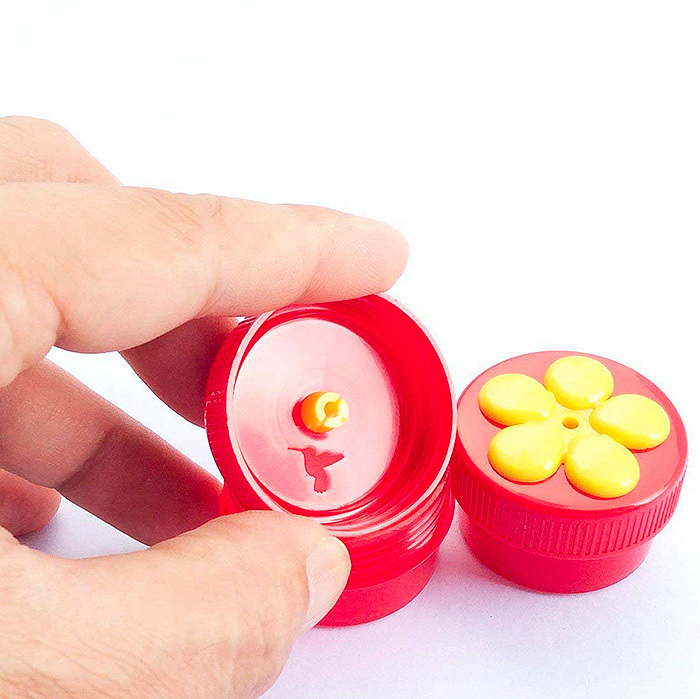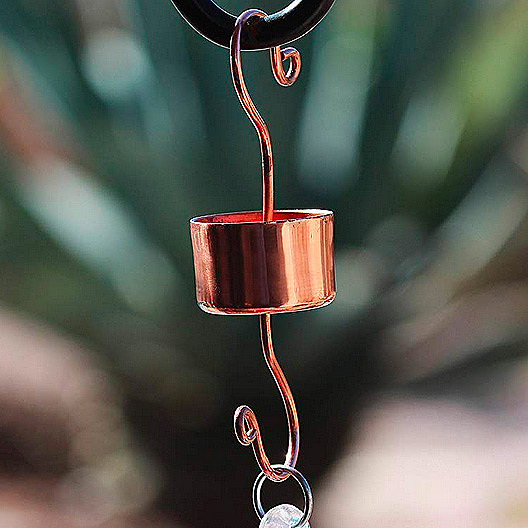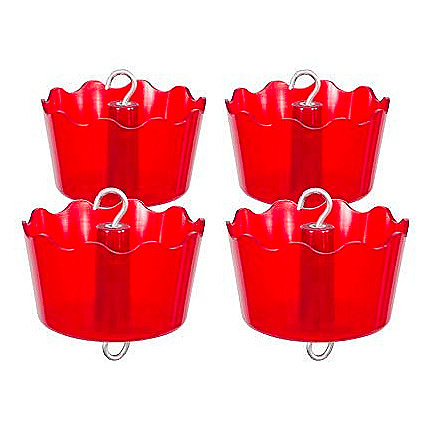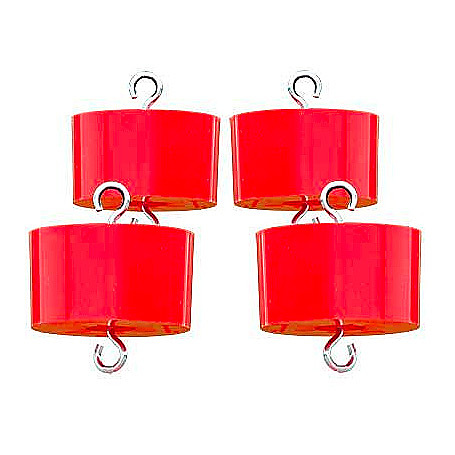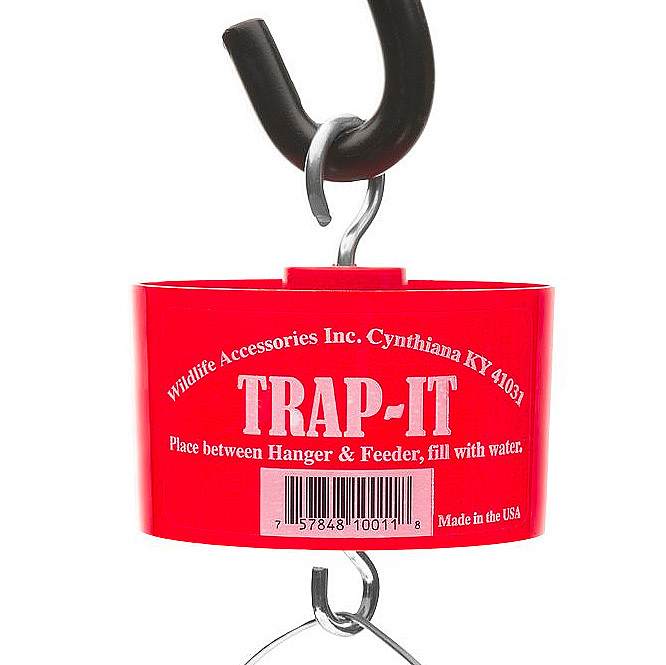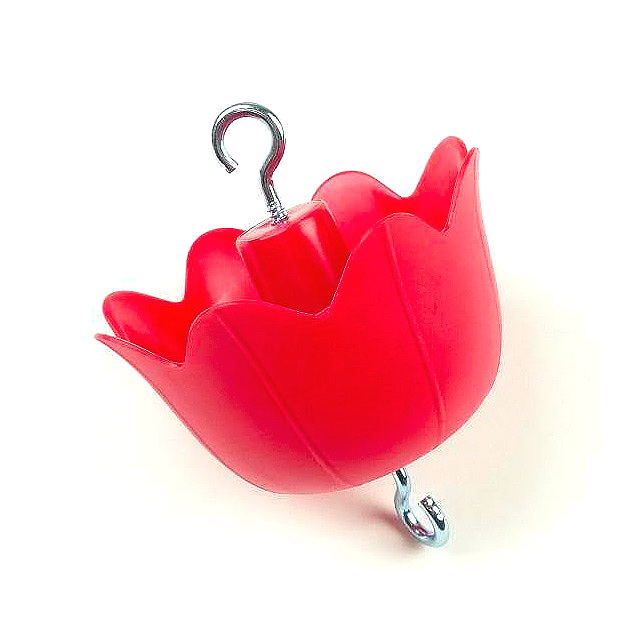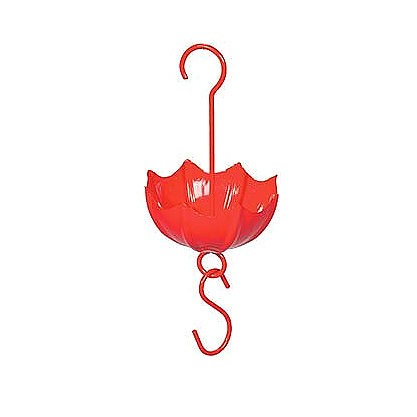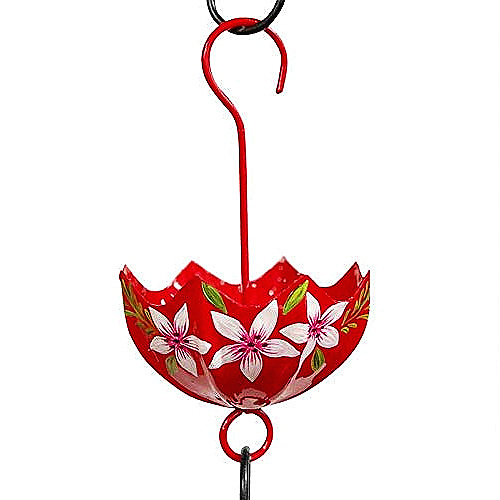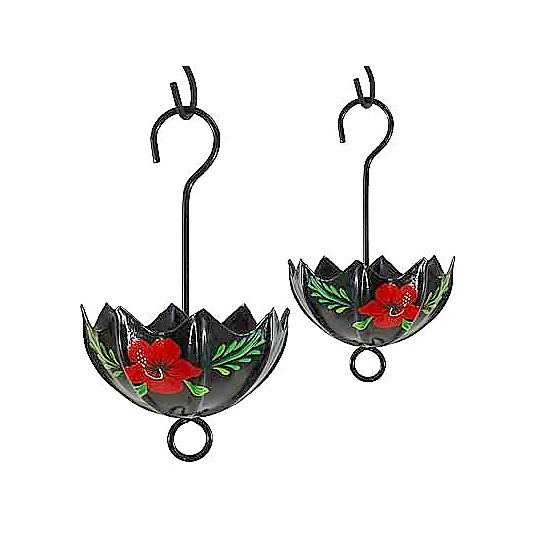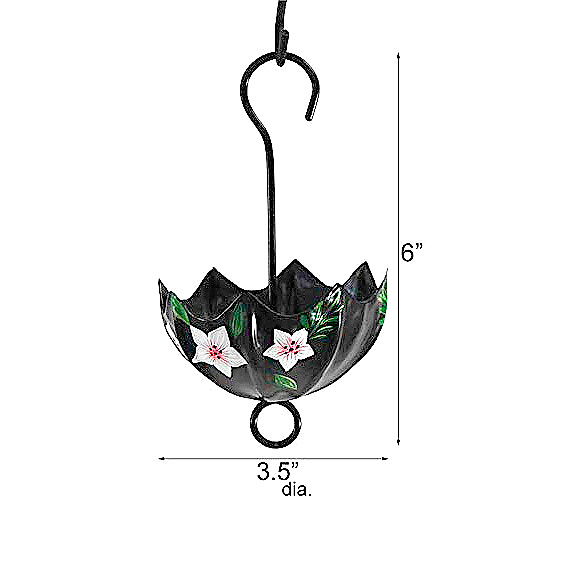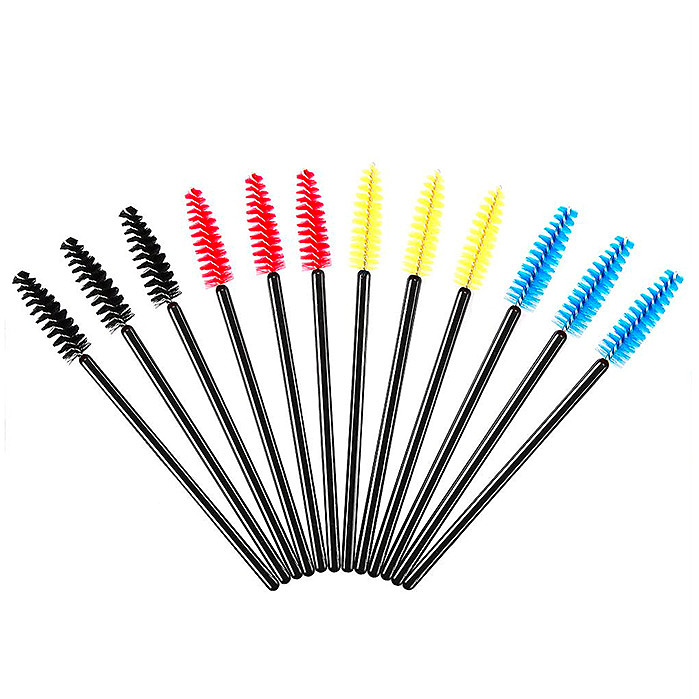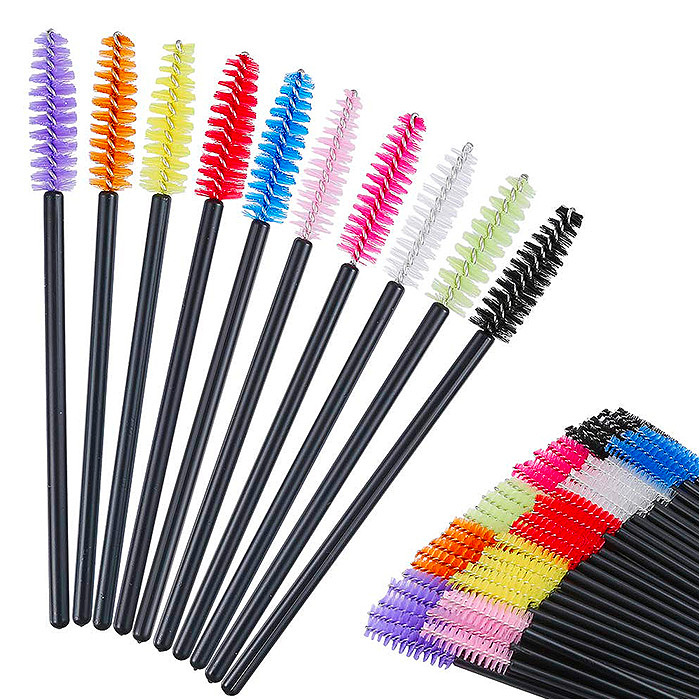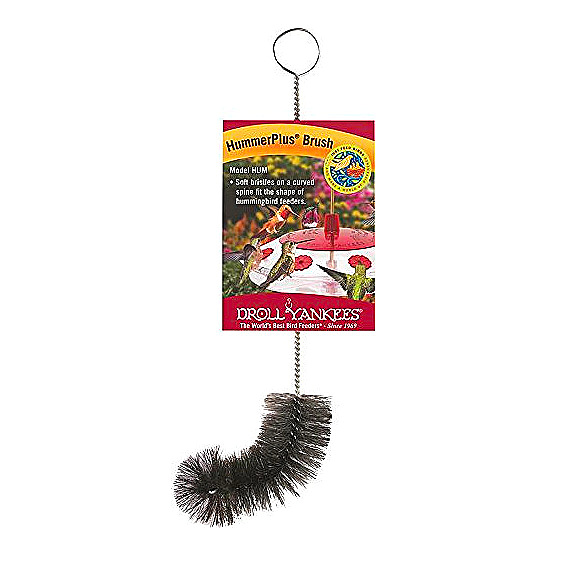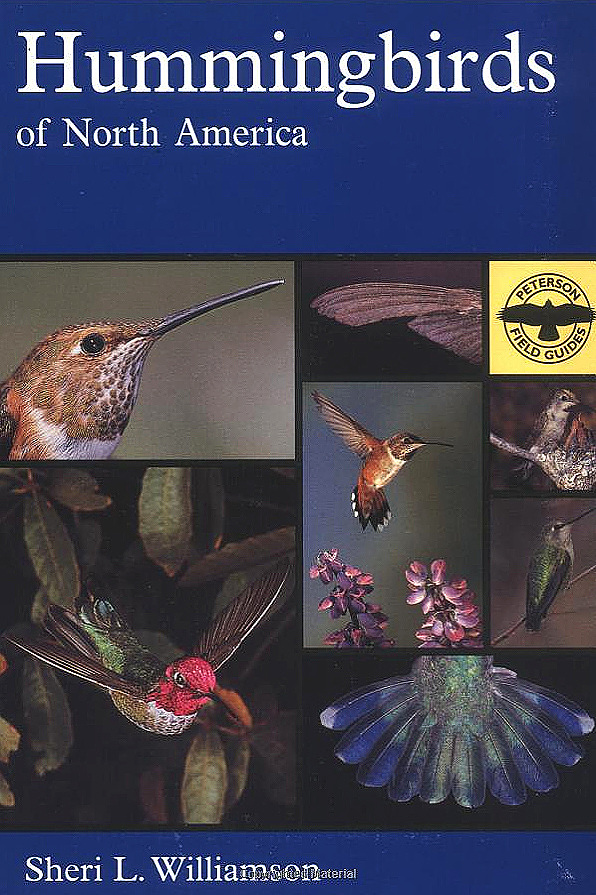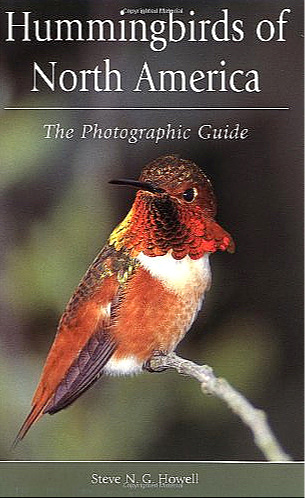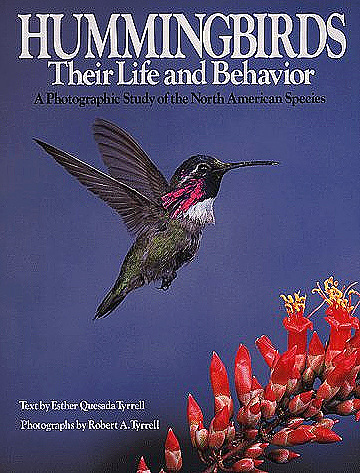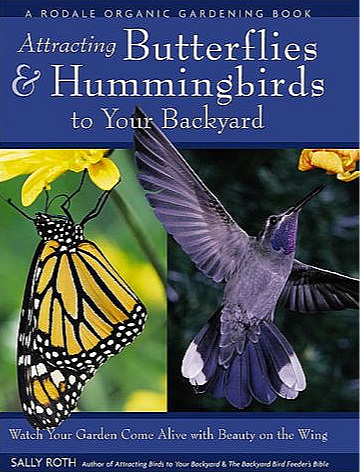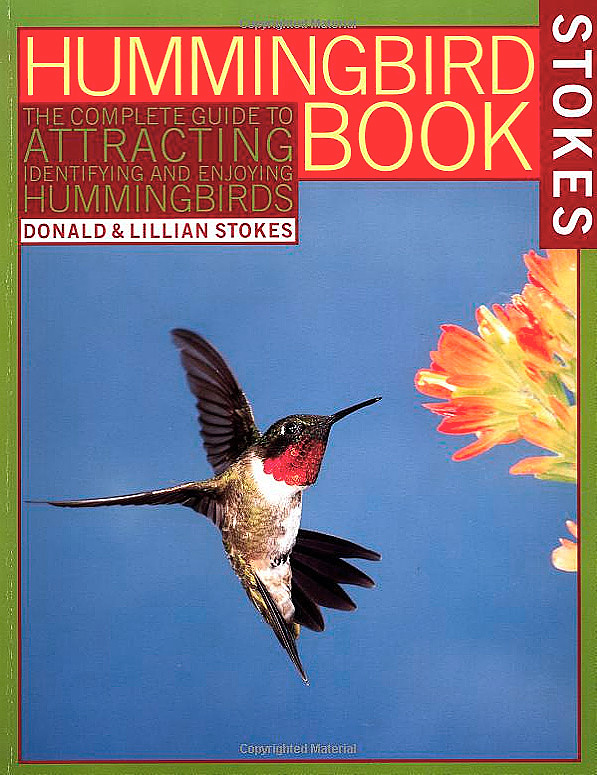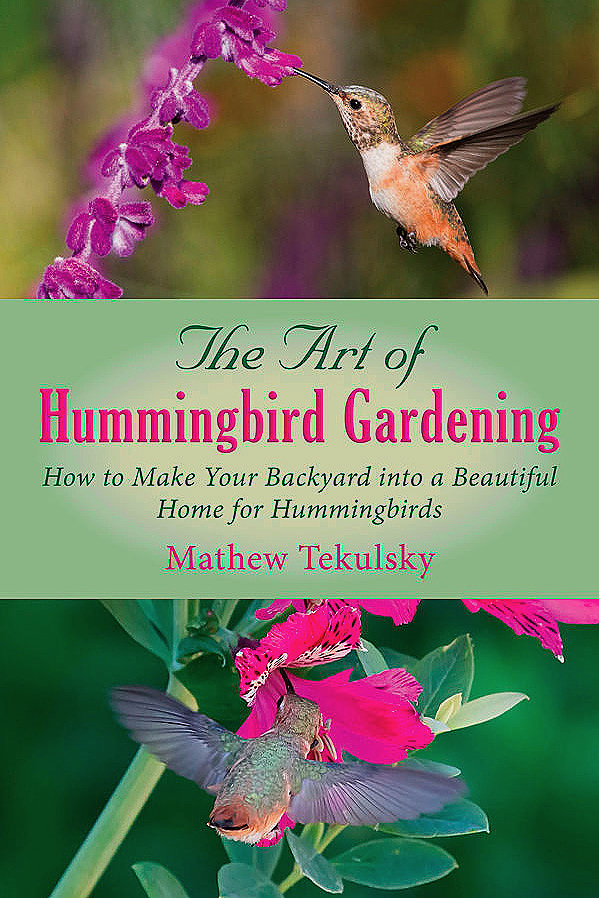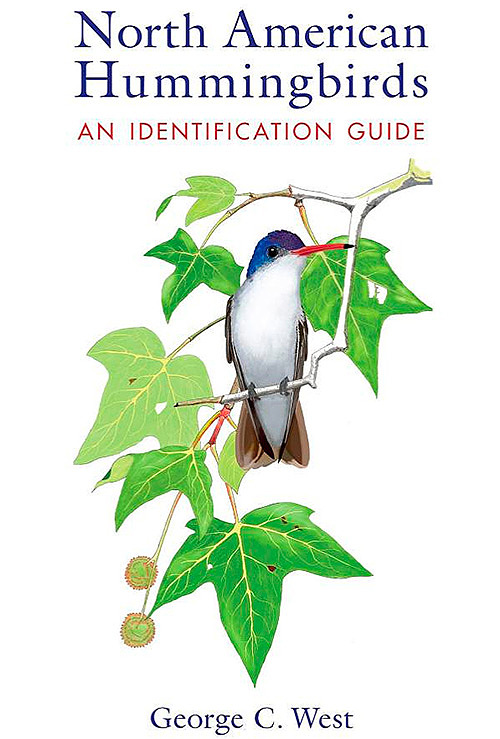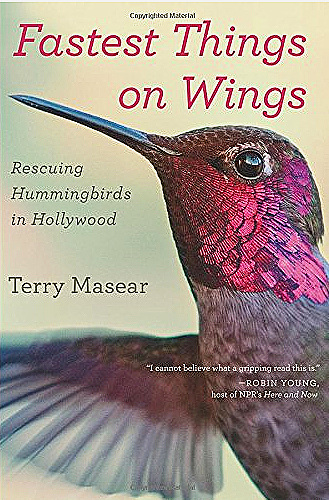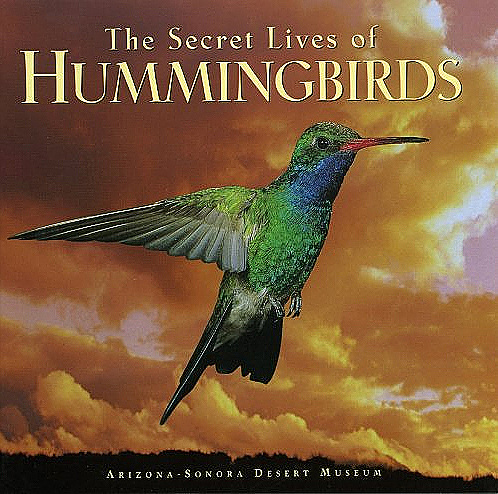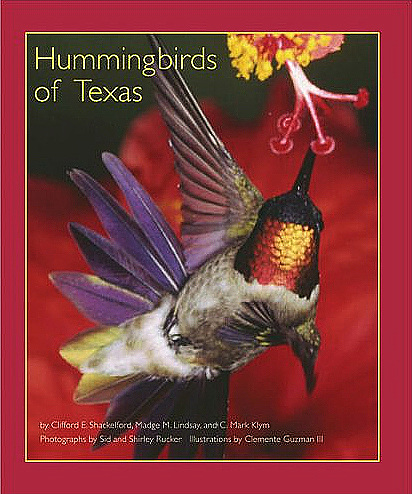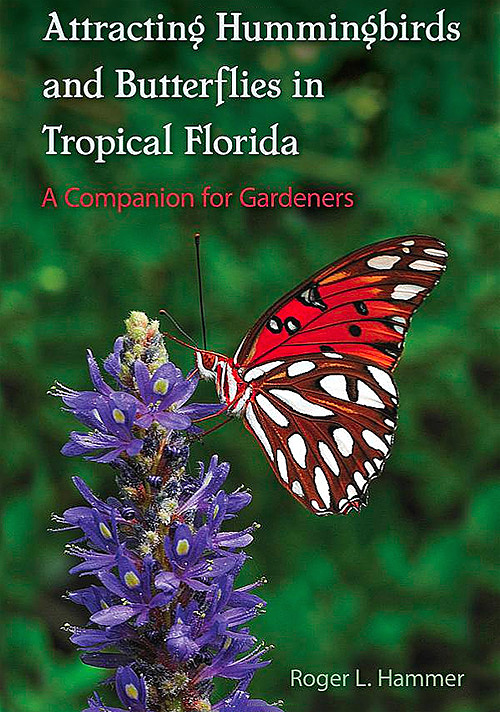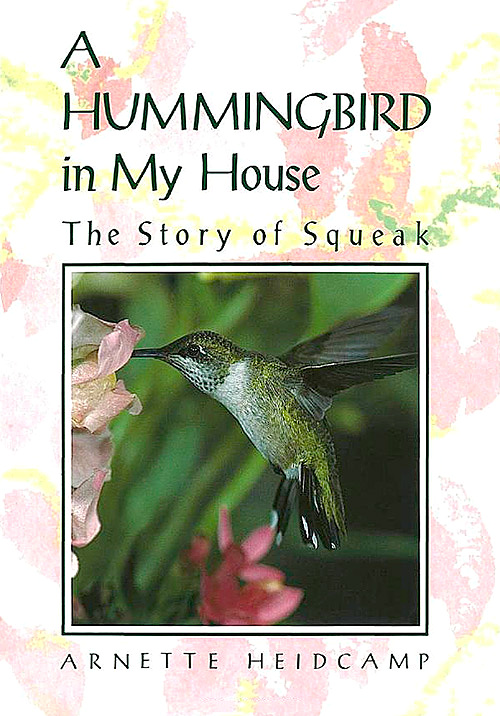The HUMMINGBIRD GARDEN
How to attract these flying jewels to your garden
I’ve been feeding and gardening for hummingbirds for over fifteen years in two different locations in Southern California, each with different hummingbird populations. A wonderful side effect of this effort has been the attraction of many other beautiful animals to my garden—orioles, finches, bees, bumblebees, hummingbird moths, butterflies, etc. What I’d love to do here is share with you everything I’ve learned in the process.
Please note that some of the items on this page may contain affiliate links. If you use one of these links to make a purchase, you won’t pay a penny more, but Très Haute Diva will receive a small commission, which helps keeps the hummers coming and lets me continue bringing you great content. Thank you so very much!
Choosing the Best Hummingbird Feeder For You
First of all, if you decide to feed hummingbirds, you have to be very disciplined and conscientious about it! It’s as much work as adopting a pet. It takes a lot of dedication and you have to monitor the feeders daily and possibly clean them every day! If you're unable to do this for any reason (family or work emergencies, etc.), then feeding hummingbirds isn't for you. You'll save yourself and these little creatures from a lot of pain and heartache.
There is no ideal feeder! All of them have drawbacks. The most important factor when choosing a Hummingbird Feeder is EASE OF CLEANING. Do NOT buy feeders that have nooks and crannies where mold or yeast can accumulate in places you cannot see and clean! The most important feature of a good hummingbird feeder is that it be easy to open and to clean. If you can’t easily reach every bit of inside surface with a bottle brush, the feeder will soon foster bacteria, fungi, and other harmful organisms. The easier it is to clean a hummingbird feeder, the more likely you are to do it often and well. I’ve had terrible experiences and shed many tears because of using the wrong kind of feeders. Also, the size of the feeder should match your hummingbird population. The more feeders you have, the more hummingbirds you may attract and the fewer problems you will have with territoriality.
Because one of my neighbors had one, I started out with the Perky-Pet Pinch-Waist Glass Hummingbird Feeder. Many Allen’s Hummingbirds were attracted to it. But one day I found a male on the ground, very weak, his head up in the air. He was repeatedly sticking his tongue out as he struggled to breathe.
Whether this happened because of my feeder, or my neighbor’s, I’m not sure. I do know that my neighbor’s feeder had gone cloudy. (Because of a family emergency, she had neglected to clean it.)
I put the bird in a box and drove the brave little trooper to the Humane Society, which was half an hour away, to get help. I was so hopeful they were going to be able to help him, but to my great shock, they euthanized him! (Do not take them to the Humane Society!)
Since then, I’ve talked to many hummingbird rescuers in Southern California. They’ve all said the same thing, the illness they most encounter in hummingbirds is thrush (candidiasis - a yeast infection), which is caused by cloudy and moldy feeders. The result is an agonizing death by starvation, caused when their throat and stomach swells up from the fungus.
As far as I know, there are very few hummingbird rescuers left. It’s a full time, extremely stressful job. (One woman had a heart attack!) Some rescuers prefer to take the babies, who get the fungus from their infected mothers. They have to give them a special anti-fungal medicine and feed them every 15 minutes.
Only licensed wildlife rehabilitators are allowed to treat yeast-infected hummingbirds. The medicine they administer is not available without a prescription from a vet, and you won’t get it unless you are a rehabilitator.
After reading about hummers and hummingbird plants, I started a rooftop garden of potted flowering plants that specifically attract hummingbirds. Because they need nectar from plants to strengthen their immune system so that they’re less susceptible to candidiasis and other diseases, you shouldn’t feed them only sugar water.
Next, because I had so many birds, I bought several Perky-Pet 409 30-ounce glass bottle feeders. But, as I was soon to discover, there is a big problem with bottle feeders—the bottom is not completely accessible nor visible. As a result, mold and yeast build up in that area, something which you’ll never notice. Instead, you get a false sense of security, thinking the birds have enough food for several days and it is not contaminated since it doesn’t look cloudy.
I learned this the hard way once I moved to my new location outside of Los Angeles. I had no shade and left one of the feeders hanging in the sun! (Do not hang the feeders in the sun! Mold and yeast form very fast, especially in hot weather!) One of my Costa’s Hummingbirds was showing the symptoms of candidiasis. I tried to catch him, but he managed to fly out of reach. Because one sick bird can infect all the others, I had to take all the feeders down for 2 weeks! So DO NOT buy bottle feeders! Many birds reach the bottom of the feeder with their beaks and tongues, leaving behind particles or whole flies which contain bacteria. While the top of the feeder remains clear, yeast and mold which you cannot see forms at the bottom.
Since then, I’ve tossed all the bottle feeders and only use the newer “flying saucer” style feeders. Because you can see all of the fluid from underneath these feeders, nothing is hidden. They are also very easy to clean. The fun part is that you get to see their tiny tongues lap up the nectar and create ripples from underneath the see-through feeder. They do not have the same capacity, so if you overfill them, they will drip, which will attract ants and bees. But the lower capacity will force you to tend to them on an almost daily basis. Some new birds have to adjust to this style of feeder with the narrower ports, but they’re fast learners.
For the past eight years I’ve been using multiple Aspects HummZinger 12-ounce hummingbird feeders with 4 ports and the Aspects HummZinger 16-oz feeders with 6 ports. They have build in ant moats that you fill with water, so I have had no need for separate ant moats. In windy area the extra hooks on these moats can set the feeders swinging! I do use a little bit of No-Stick Cooking Spray (Pam Extra Virgin Olive Oil with no artificial flavors, colors or preservatives) to keep the ants off the hooks.. You have to be very careful NOT to get the oil on the feeder or into the feeder, because this can be very harmful to the hummers. If they get the oil on their feathers, they can’t clean it off, etc! To keep this from happening, take the feeder down, spray a little bit of Pam on the hook that is supporting the feeder—not on the feeder hook itself—and wipe off the excess oil with a tissue. Afterwards, wash your hands to make sure no oil gets on the feeders when you rehang them. Remember to keep your feeders in the shade. If they get hot, the oil may spread and run down the feeder poles into the fluids!
The only problem I’ve had with these feeders is thirsty bees landing in the water-filled ant moat and not being able to climb back out. For this reason, I might consider getting a feeder with an extra-wide ant moat! There is no need for nectar guard tips—the holes on these feeders are too small for the bees to get in! Hummers have no problem with the small holes, however. They’re able to to stretch their tongues all the way to the bottom of the feeders, which they do whenever they’re hungry and want to get at that last drop of nectar.
How To Make the best Hummingbird Nectar (Sugar Water)
The sugar content of natural flower nectar varies, and is roughly comparable to sugar water mixtures ranging from a quarter to a third cup of sugar per cup of water. During hot, dry weather, when hummingbirds risk dehydration, it’s best to make your mixture no stronger than a quarter cup of sugar per cup of water. But during cold, rainy spells, making the mixture a bit stronger, up to about a third cup of sugar per cup of water, will not hurt your birds and may help them.
Dissolve 1 cup of granulated white cane or beet sugar in 3 to 4 cups of spring water
I use 2 and a half to 3 cups of white cane or beet sugar and 3 bottles of Trader Joe’s Natural Mountain Spring Water (50.7 Fl Oz = 1.58 Qts = 1.5 L). I bring the mixture to a boil in a large pot, let it boil for 2 minutes to sterilize it and then let it cool off to room temperature. The unused mixture can be stored in the refrigerator for up to a week. Just remember to bring it up to room temperature before you refill the feeder.
Use regular REFINED WHITE GRANULATED CANE OR BEET SUGAR only! Do not use any other sugar–not turbinado, raw, brown, or organic sugar, etc! Never use honey or artificial sweeteners! Spring water is preferred, but most tap water is acceptable. If the cane or beet sugar is not pure white, it may not have been sufficiently purified to remove trace amounts of molasses. Molasses is rich in iron and while this is helpful to humans, it is toxic to hummingbirds in all but the tiniest, tightly monitored amounts.
Do NOT use red food coloring! Do NOT buy the bottled nectar available in stores. These commercially available solutions contain preservatives and red food coloring, which are harmful to the birds. Aside from costing more, the hummingbirds won’t like them and much prefer sugar mommies homemade brew!
A few months back, I noticed red-colored hummingbird urine near my feeder on the wall! The bird must have drunk it from a nearby feeder and it even shows up in its urine red!
Here in Southern California, I never take my feeders down. I have resident Allen’s, Anna’s, Costa’s all year around, and migrating Rufous hummingbirds in the Spring. If you live in the North, Midwest or East, you can leave your feeders out for as long as you have hummingbirds around. You can even leave the feeders out after your hummingbirds disappear, which may be in the fall-late migrants or out-of-range species can show up into early winter. Follow the guidelines for keeping the feeders clean, even if the nectar goes untouched. Always discard any unused nectar in the feeder when you take it down for cleaning.
In most areas of North America where hummingbirds leave during the winter, it’s best to put the feeder out about a week before they normally arrive in your yard. This date varies regionally. If you don’t know when your birds usually arrive check with your local Audubon center, chapter, or local bird club.
Placement of Your Hummingbird Feeders
Put your feeders in the shade! Mine are hanging underneath the front and back porch and only get occasional sun, which I monitor closely. I’m considering buying or building a covered gazebo for additional feeder spots. Your feeders should be at least 4 feet above the ground so they are beyond the reach of cats and other predators. Never place a feeder too close to a nest, because doing so may cause harm to the nestlings.
I did have a very sad experience in this regard. An Anna’s hummingbird decided to build her nest under my covered back patio in near the top of a large potted shrub.. I had everybody tip-toe around her for weeks. One very sad morning, I noticed that the mom, the babies and half of the nest were gone! Then, a day or two later, I noticed a giant crow fly under the covered patio and over the nest spot. Who would have thought!
If you have windows in the shade, those window feeders work quite nicely. I had a Aspects Jewel Box Window Feeder for a while and loved to see the little guys up close! Unfortunately, that window now gets part-time sun, so I took it down.
Several smaller feeders spread around your yard may serve more hummingbirds than one large feeder. Male hummers tend to be aggressive, and one bird may keep others away from a feeder, even if there’s plenty to go around.
Placement can be quite a challenge, because of the birds territorial behavior! I have 3 feeders about 4 feet away from each other under the front porch and 4 feeders about 2 and 6 feet apart under the backyard patio cover. In the front, I have no hummingbird plants. Sometimes they share nicely; sometimes one of them decides to keep the 6 port 16 ounce feeder all to himself. Not having any perches nearby helps. When the Christmas lights are up, all bets are off, because the wires become perches and the hanging icicle lights seem to confuse and intimidate some of the birds! During the mating season, the males use the front yard as a showplace for their courtship flights. Both 16 ounce 6 ports feeders just sit there, seemingly unused.
The backyard is different because it is full of hummingbird plants. Each shrub has a different ‘owner’ and, luckily, the hummingbirds share the oriole feeders. The other two hummingbird feeders are currently not tightly guarded because, after a wonderfully long rainy season, there are lots of natural food sources out there in the chaparral wilderness. The birds prefer to be out in the wild and to just drop by the feeders 3 or 4 times a day to tank up. Also, every spring, the backyard becomes a ‘kindergarten’. Many youngsters hang out in the backyard, mostly unharassed by the older birds! They are so curious, tame and largely unafraid of me! I can come within a foot of them and they don’t fly away. They just look at me–so sweet!
Later, when the hills dry up and the food sources become sparse, the race is on to become the territory holder for the prime spot with the best plants and feeder. In the past the winner used to be a male Costa’s hummingbird, but as the yard has grown much and become more ‘garden like,’ more Anna’s and Allen’s have moved in, and the Costa’s have either been forced out or moved out by choice.
So, as you see, there are no firm rules regarding placement. You have to observe and change with the flow.
Maintaining Your Hummingbird Feeders
You must clean your feeders between fillings. It helps to have an extra set. Don't "top off" without cleaning! Always discard any unused nectar in the feeder when you take it down for cleaning. Bacteria and mold grow in sugar water, and sugar ferments, so hummingbird water should never be left out for more than 2-3 days, and must be changed daily in very hot weather. Change the water before it grows cloudy or discolored and remember that during hot weather, sugar water ferments rapidly to produce toxic alcohol.
For cleaning I use very hot water, a mild detergent, and sometimes a spritz of bleach. Rinse thoroughly–residues could be very harmful. About once a month, soak the feeder in a solution of bleach and water (1 Tbsp. of bleach per quart of water); rinse very thoroughly! Some feeders can be put in the dishwasher for sterilization. I use the tiny brushes to clean the ports, but change brushes often, since they also become a breeding ground for mold and bacteria. Between uses, soak them in bleach. I dry each feeder with paper towels, or let them air dry before refilling them.
Feeders with larger openings, like oriole feeders, need nectar guard tips. Make sure they are clean and all in place to prevent bees from drowning.
coming soon…
How To Identify Your Hummingbirds
Hummingbird Behavior
Hummingbird Diseases and Predators
How to create a hummingbird garden
How to Choose a hummingbird bird bath
Trees, Flowers and Shrubs that attract Hummingbirds
Plants beloved by my hummingbirds
Good Books about Hummingbirds and Hummingbird Gardening
A few books have had a lasting impact on my Hummingbird Gardening passion. When it comes to identifying hummingbirds, the first to mention is Hummingbirds of North America by Sheri L. Williamson.
The book that started me experimenting with all the different plants for my area was Hummingbird Gardens by Nancy L. Newfield and Barbara Nielsen.
Very helpful in identifing plants was
Instrumental in helping me to brake through the hard clay of my new garden was
Other excellent sources of information:


